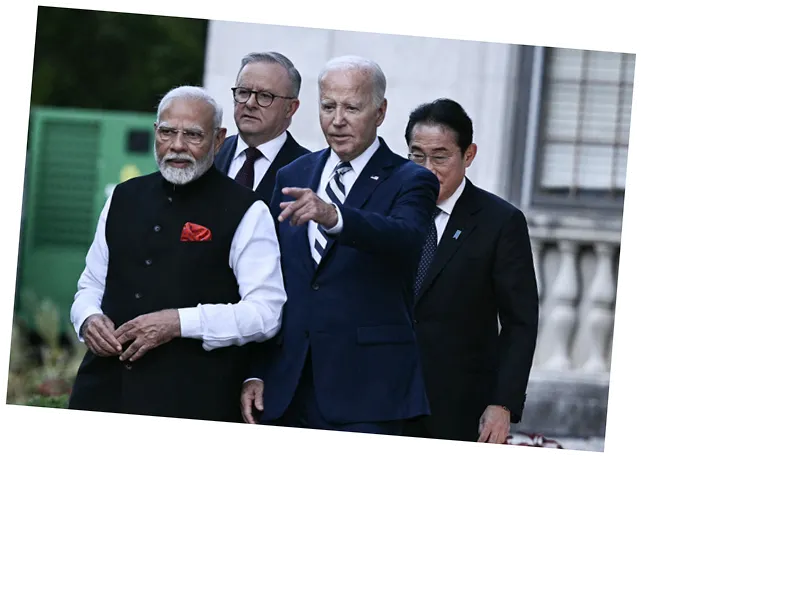The U.S. military's reliance on allies is becoming critical as domestic enlistment rates decline, highlighting the need for a robust international coalition to address global security threats.
China's military advancements pose a significant challenge to U.S. dominance in the Pacific, necessitating a strategic shift in U.S. defense policy to focus on collective security with allies.
The evolving geopolitical landscape in the Indo-Pacific, marked by increasing tensions with China, requires the U.S. to enhance its military presence and capabilities in the region.
The U.S. may increasingly rely on joint military exercises and arms sales to strengthen alliances in the Indo-Pacific, particularly with nations like India, Japan, and Australia.
Future U.S. defense strategies will likely emphasize rapid response capabilities and increased military spending among allies to counterbalance China's growing influence.
As tensions escalate, the U.S. may face pressure to intervene in multiple theaters simultaneously, necessitating a reevaluation of its military readiness and production capabilities.
The United States faces unprecedented security challenges, as highlighted in the National Defense Strategy Commission's recent report, which indicates that the risks to Washington's security are at their highest since World War II. The report warns of potential multi-front conflicts and emphasizes the inadequacy of the current U.S. military force due to declining enlistment rates and insufficient defense production capabilities. With the ongoing tensions in the Indo-Pacific region, particularly regarding China, the U.S. is urged to strengthen alliances and establish joint military forces with allies to deter adversaries effectively.
The report underscores the need for a long-term strategy to address these issues, particularly in light of the growing military capabilities of China, which has invested heavily in its military over the past two decades. Experts suggest that the U.S. must enhance its support for allies in the region, including Japan, Taiwan, and the Philippines, to maintain a credible defense posture against potential Chinese aggression. Recent U.S. military exercises and diplomatic efforts in the Indo-Pacific, such as increased arms sales and joint military drills, reflect this strategy.
India's role is becoming increasingly significant in U.S. defense plans, as it seeks to diversify its military partnerships away from Russia and enhance its own defense capabilities. The U.S. is actively engaging India through initiatives like the Indus bilateral defense acceleration system, aiming to foster joint military production and technology sharing. Meanwhile, Japan is also ramping up its defense spending in response to U.S. pressure, with plans to significantly increase its military budget by 2027, reflecting a broader shift in regional security dynamics.





